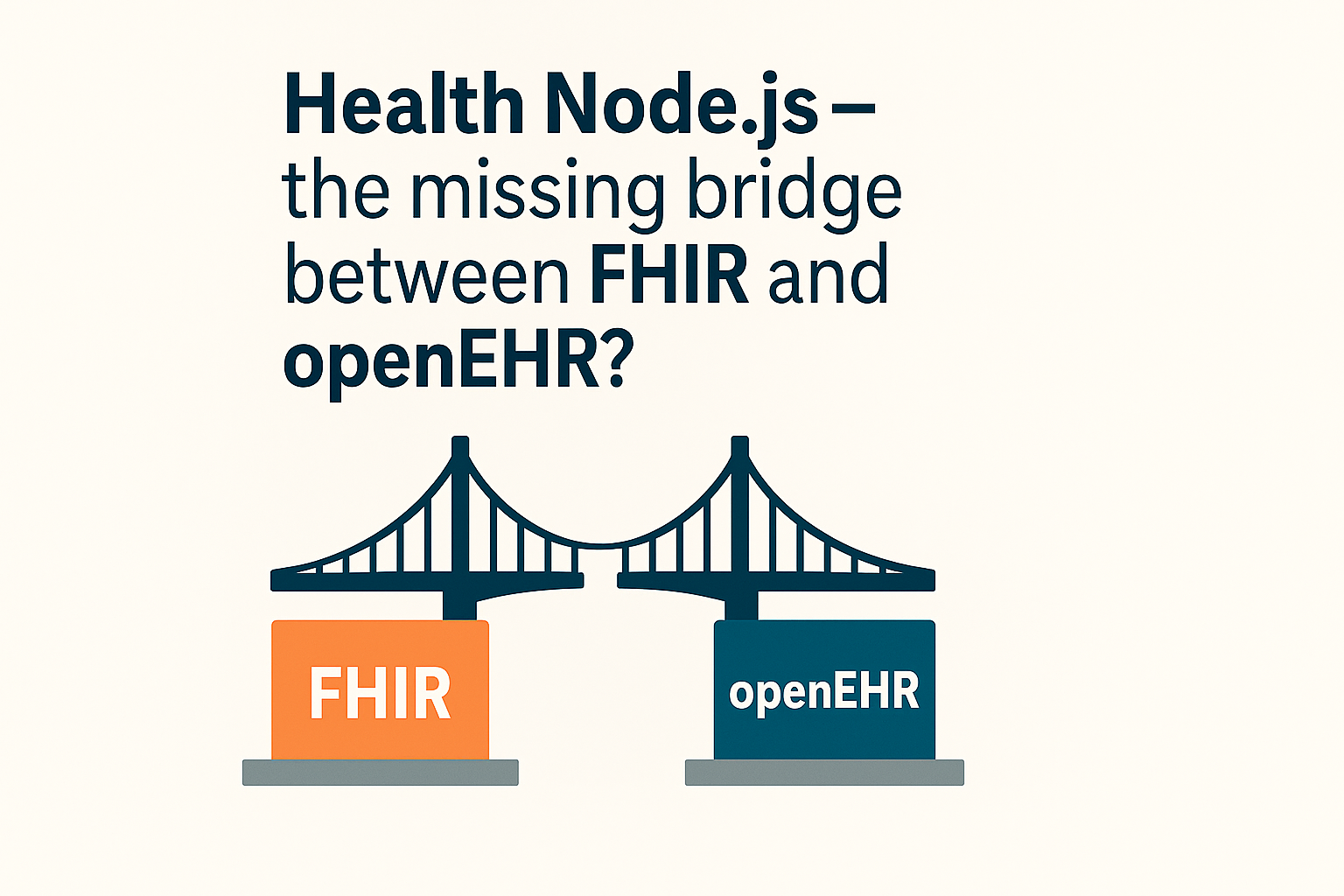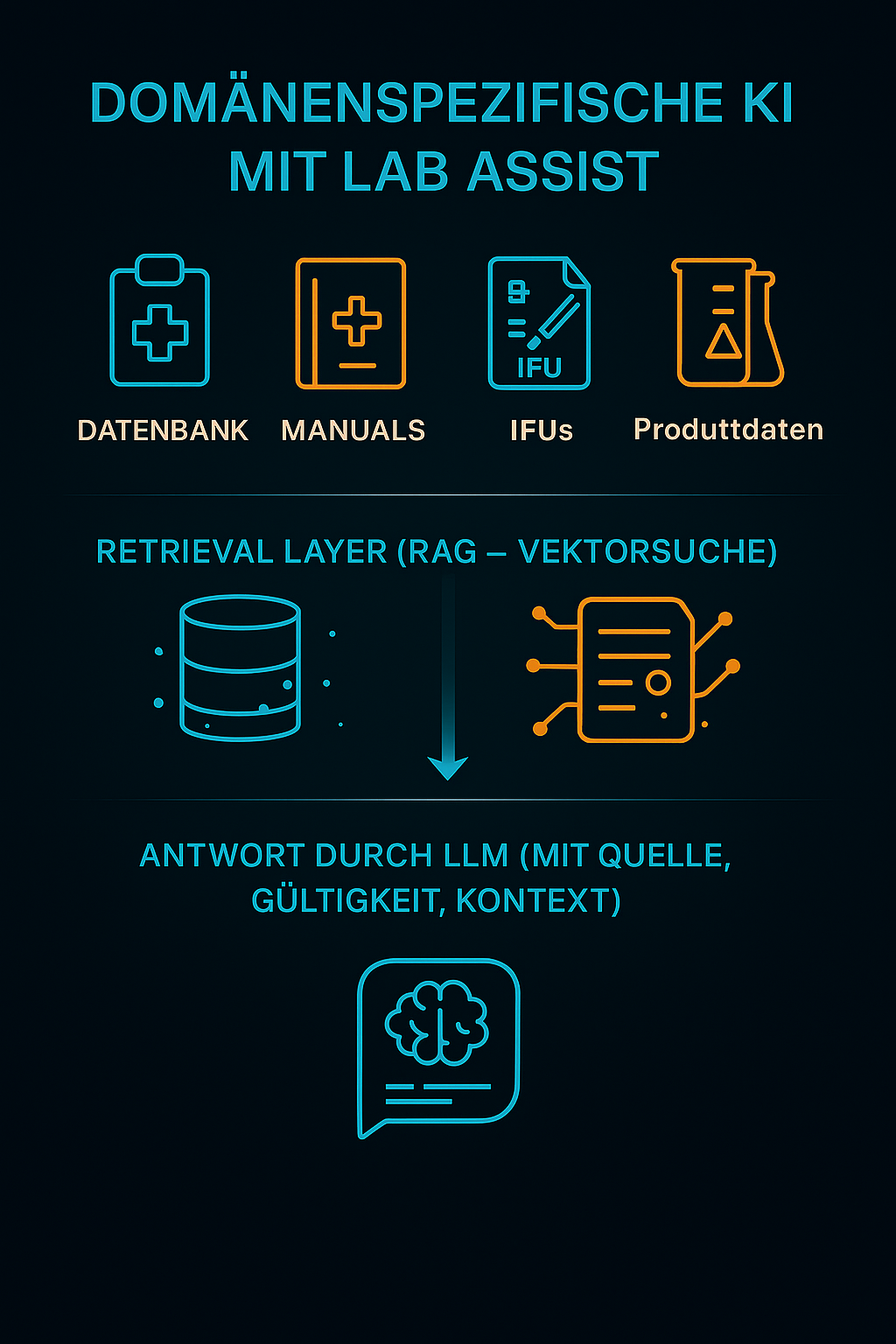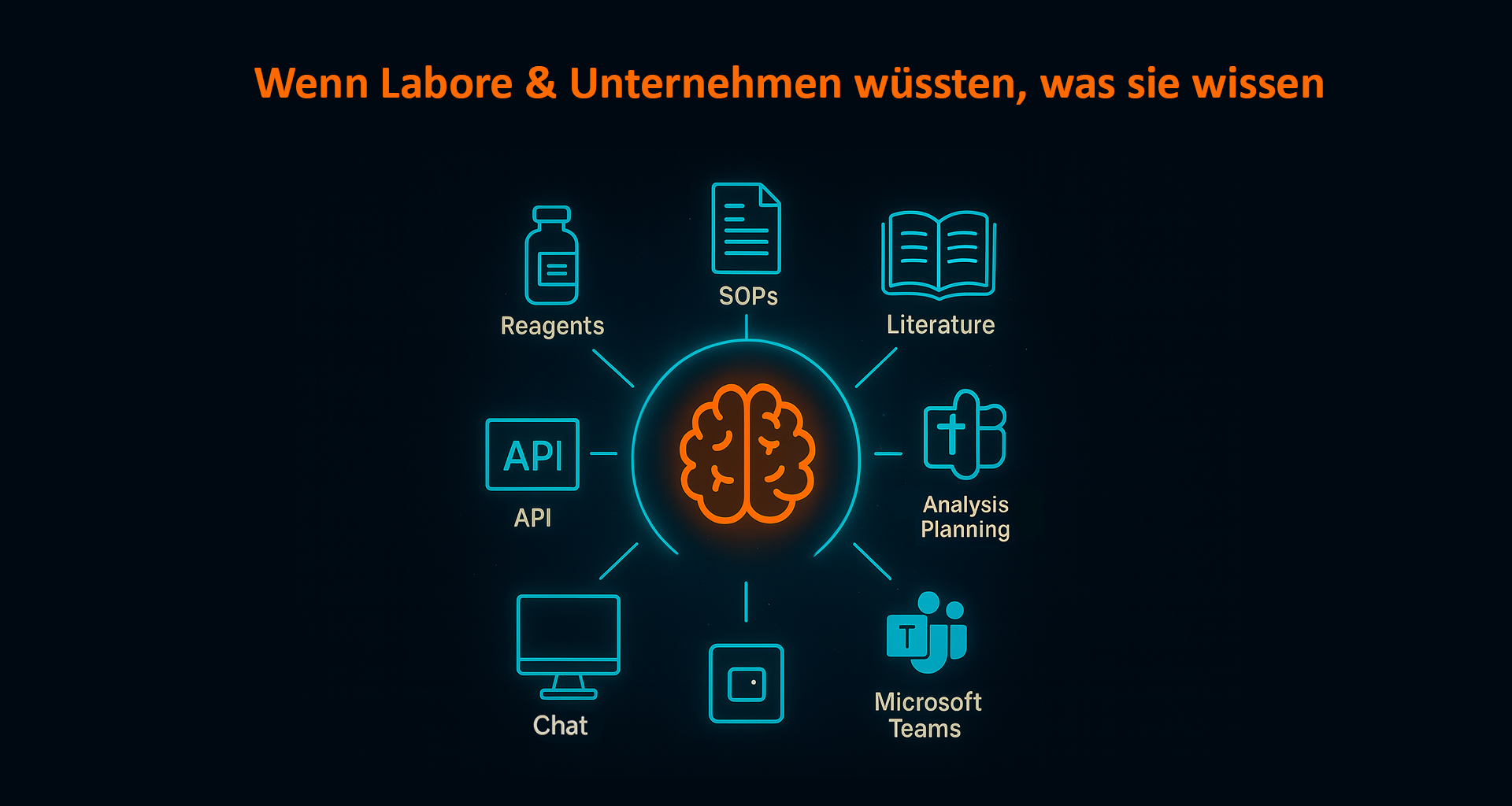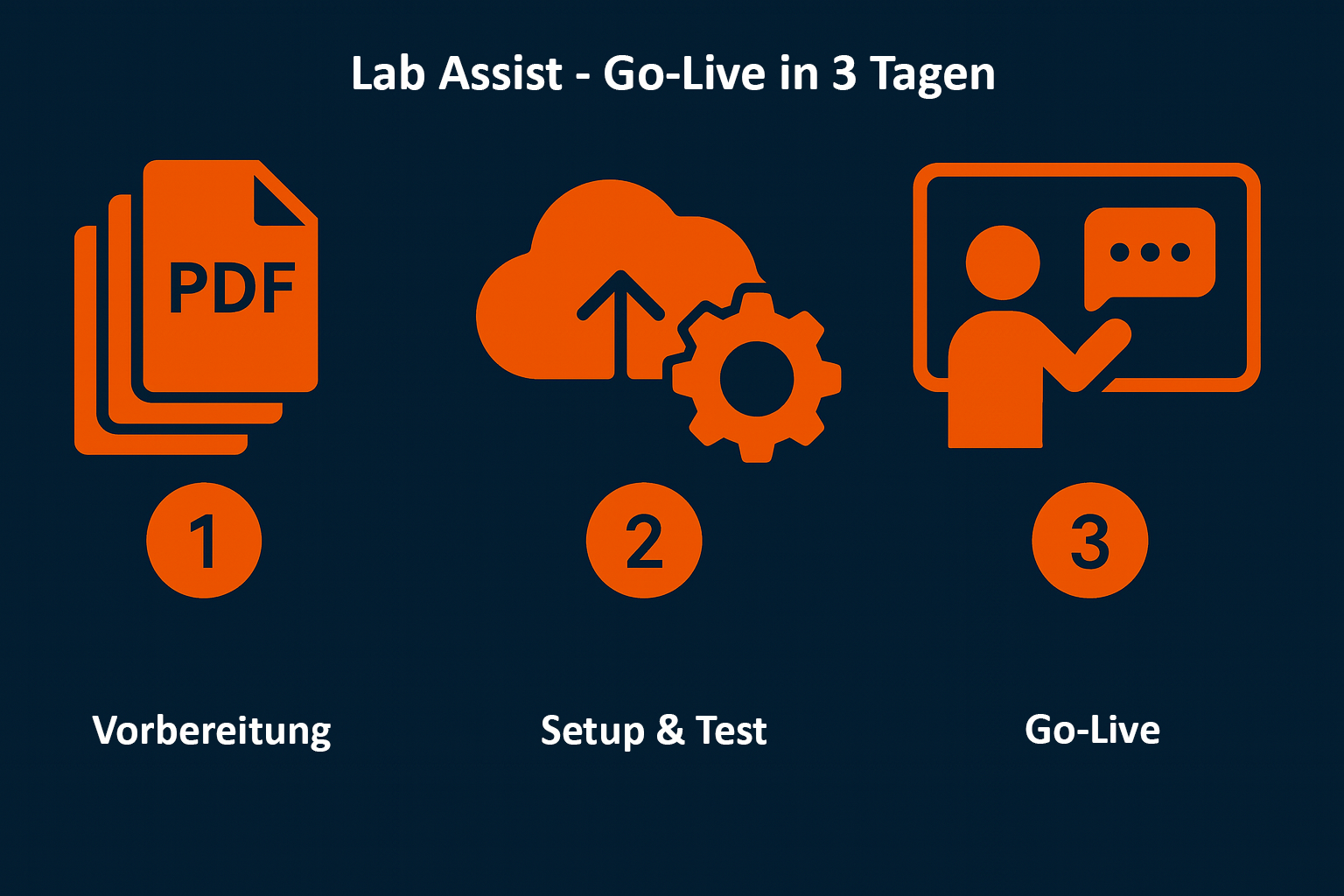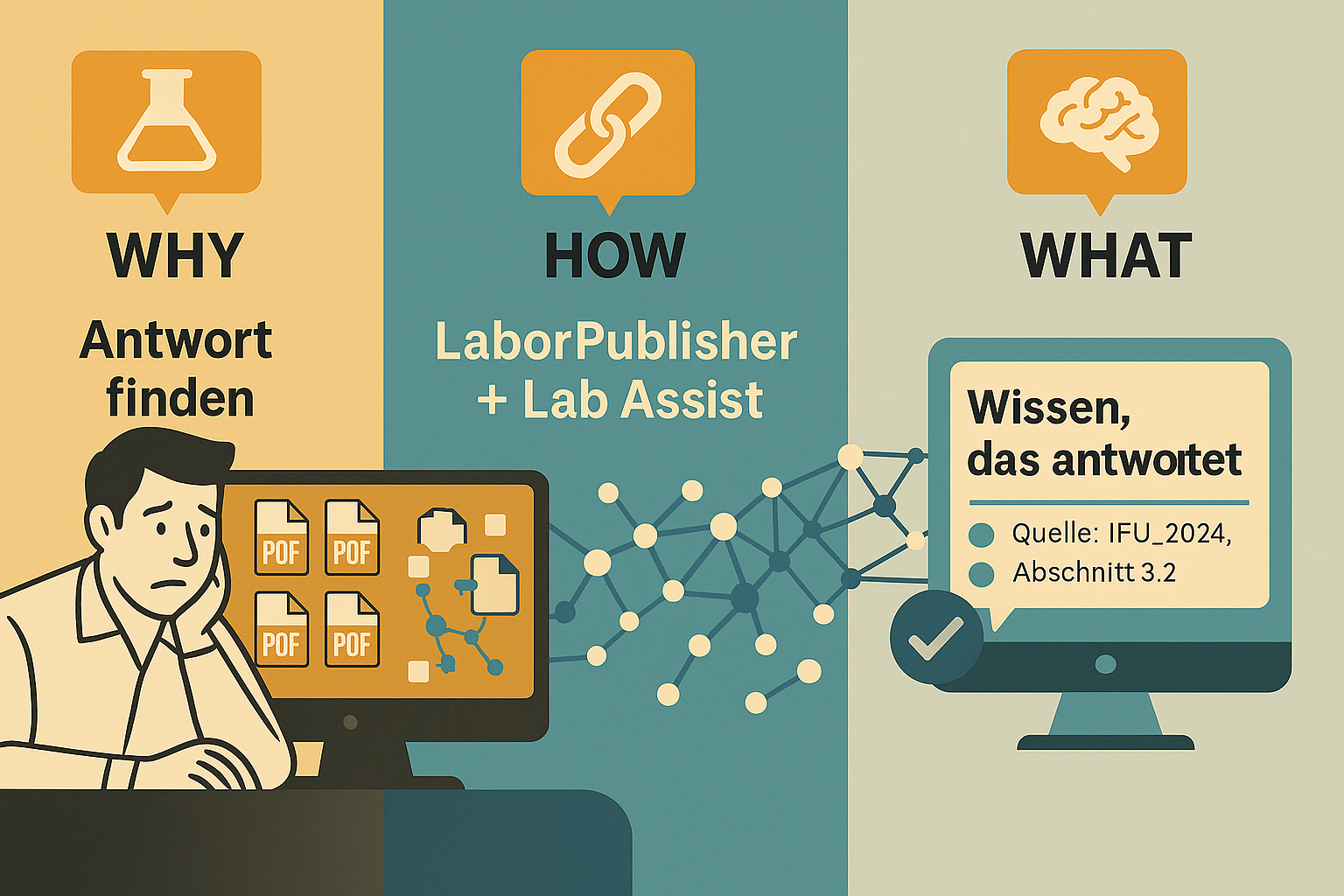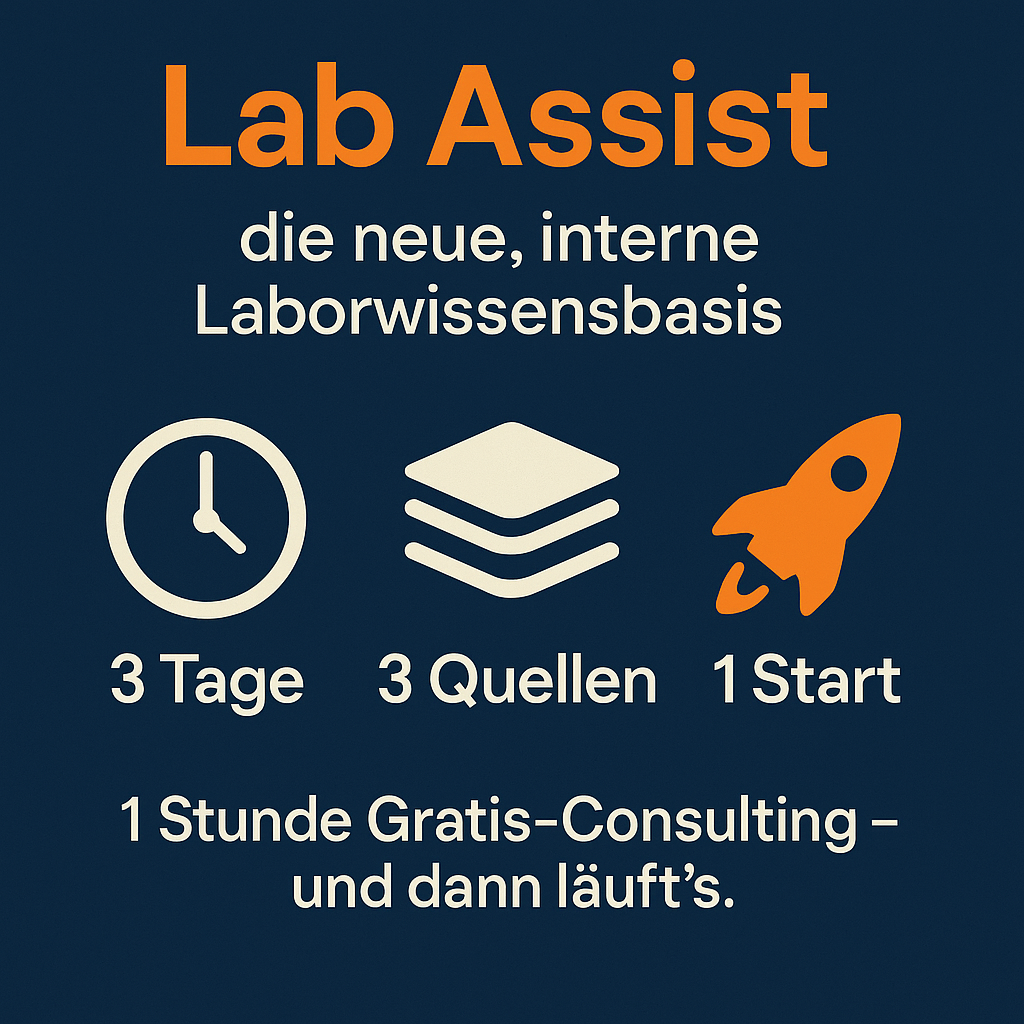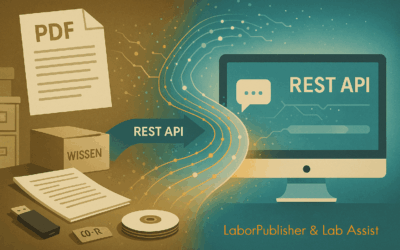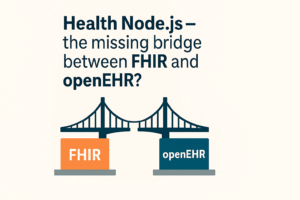 |
Health Node.js – the missing bridge between FHIR and openEHR?FHIR is widely adopted in many healthcare systems. openEHR is considered one of the most powerful semantic models for structured clinical data. And yet: anyone trying to connect the two usually ends up working in isolation. Two standards, no shared languageFHIR describes resources – lightweight, API-friendly, and flexible. Both are valid. In practice, systems tend to be either „FHIR-first“ or „openEHR-native.“ The bridge is often missing – or ends in fragile, one-off mappings. The technical gapThere are JavaScript libraries for FHIR – for REST interfaces or validation. The result: No community project. No SDK. No middleware. But why not?Possible reasons:
It might also be a cultural issue: And yet, these contrasts could make them ideal complements. Regulatory friction – the silent blockerAnother overlooked challenge: This means:
A Health Node.js that integrates these aspects — not just technically functional, but regulatorily ready — could be a serious enabler for innovation. Health Node.js – just an idea?What if there was a middleware that could:
The technology exists. Final thoughtMaybe this is one of the most overlooked gaps in digital health:
💬 What do you think?Are there technical, political or regulatory reasons why this gap remains? |
LLM + RAG = domänenspezifisches WissensmodellFür strukturierte, nachvollziehbare und anwendungsnahe Antworten
🧠 LLM + RAG = domänenspezifisches Wissensmodell Für strukturierte, nachvollziehbare und anwendungsnahe Antworten. ⸻ 🔹 LLM (Large Language Model)Das Sprachmodell bildet die Grundlage für:• Verständnis von Benutzerfragen („In welcher Matrix analysieren...
Wenn Labore & (Life-Science) Unternehmen wüssten, was sie wissen
🧠 Wenn Labore & Life-Science-Unternehmen wüssten, was sie wissen Wie Lab Assist und LaborPublisher Wissen sichtbar, nutzbar und prüfbar machen In jedem Labor, in jedem MedTech-Unternehmen, in jeder Life-Science-Organisation schlummert wertvolles Wissen –...
Lab Assist – So startet dein automatisiertes Expertenwissen
🧠 Lab Assist – So startet dein automatisiertes Expertenwissen Viele Labore haben Wissen – aber es liegt brach.📄 PDFs. Ordner. CMS-Systeme. Datenbanken. E-Books. Jetzt wird’s smart:Lab Assist macht dieses Wissen nutzbar – im Chat, wie bei ChatGPT.Und das in...
Willkommen im Daten-Labyrinth
🧪 Willkommen im Daten-Labyrinth Wir wollen, dass Wissen lebt – nicht lagert. Dass eine Suchmaske kein Gespräch ersetzt.Dass es nicht reicht, Dokumente und Daten zu speichern, wenn niemand Antworten findet. Deshalb haben wir LaborPublisher mit Lab Assist...
Lab Assist die neue interne Laborwissensbasis
🧠 Lab Assist – die neue, interne Laborwissensbasis Wir machen es einfach:🕐 1 Stunde Gratis-Consulting – und dann läuft’s. 🔹 Projektstart– Gemeinsame Auswahl der Wissensquellen (bis zu 3 Quellen inklusive)– Setup inklusive 🔹 Bereit in 3 Tagen–...
Die Stille hüten – Als unser Wissen noch still war
🧬 „Die Stille hüten“ – Als unser Wissen noch still war Wenn wir etwas wirklich wissen wollen – fragen wir dann die Suchmaske?Oder den Kollegen mit dem phänomenalen Gedächtnis? Jenen, der nicht nur weiß, wo es steht – sondern was es bedeutet. Es war die Zeit der...
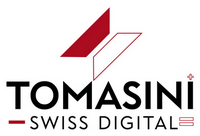
Wir unterstützen sie bei Digitalisierung und Künstlicher Intelligenz Integration.
Kontakt
| office[at]tomasini.swiss | |
| Telefon | +41 76 521 47 61 |
| +41 76 521 47 61 | |
| ————- | —————————- |
| Strasse | Gyrenstrasse 2 |
| PLZ / Ort | 8967 Widen |
| Kanton | Aargau |
| Land | Schweiz |
